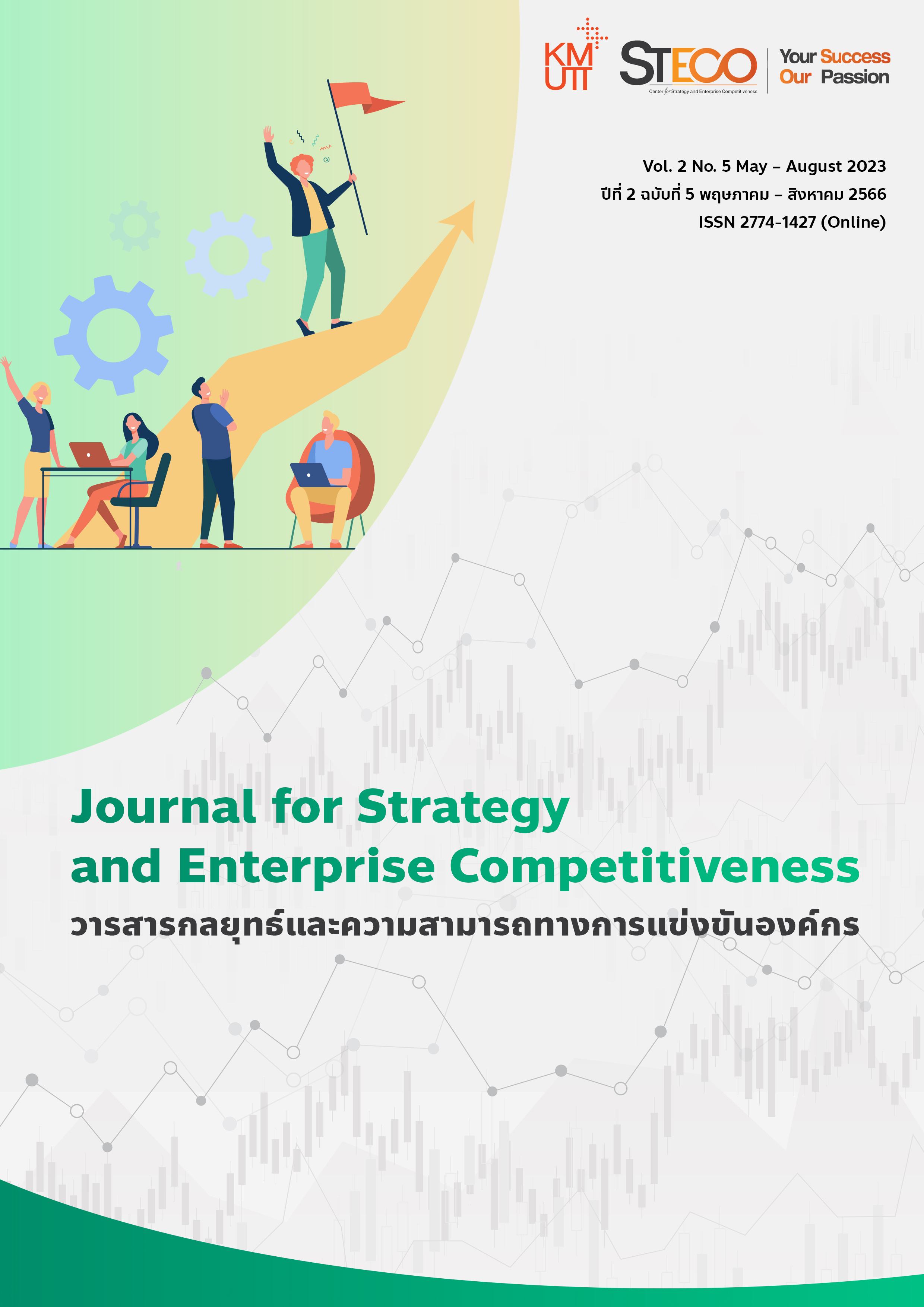U.S. Antitrust Law in Sports Industry Perspectives
Keywords:
Antitrust Law, Competition, United States, Perspectives, Sports IndustryAbstract
The purpose of antitrust laws is to enhance the limiting the market power of any big business and industrial competitors through the promotion of fair competition and provision for consumer protection. In the United States (U.S), antitrust laws is in place to limiting anti-competitive behaviour, ensuring that a single business or group of businesses that unreasonably restrains competition by acquiring or maintaining monopoly power. These laws, in principle, prohibit unfair business practices that unreasonably distort and exploit consumers in the modern competitive market. However, the requirements for ruling activities and competitions in global sports to include in their administrative and judicial decisions as to the extent to which U.S. sports leagues (An association of U.S. sports teams) are carrying out sports and commercial activities in the U.S. sports industry context that have been exempted from an unlawful monopoly or an attempt to monopolize the U.S. sports industry defined under the U.S. antitrust laws. The paper provides an analysis of unique business model of the U.S. professional sports league. It explains why there is a need for controlling mergers and unfair business practices that would reduce a sports market's competition. It also sets out the main obstacles for using U.S. antitrust laws to prevent anti-competitive behaviour in in the U.S. sports business. It conclusively illustrates that business and commercial practitioners in the U.S. sports Industry would benefit from the U.S. antitrust laws.
References
Braver, A. F. (1996). Baseball or Besoburo: Tie Implications of Antitrust Law on Baseball in America and Japan. New York Law School Journal of International and Comparative Law, 67(3), 421-454.
Blair, D. R. and Wang, W. (2020). Rethinking Major League Baseball’s Antitrust Exemption. Journal of Legal Aspects of Sport, 30(1), 18–40.
Che, X. G. and Humphreys, B. R. (2015). Competition Between Sports Leagues: Theory and Evidence on Rival League Formation in North America. Review of Industrial Organization, 46(2), 127–143.
Cyrenne, P. (2009). Modelling Professional Sports Leagues: An Industrial Organization Approach. Review of Industrial Organization, 34(3), 193–215.
Devlin, J. A. and Jacobs, M. (2011). Joint-Venture Analysis after American Needle. Journal of Competition Law & Economics, 7(3), 543–572.
Farzin, L. (2015). On the Antitrust Exemption for Professional Sports in the United States and Europe. Jeffrey S. Moorad Sports Law Journal, 22(1), 75–108.
Federal Trade Commission. (2023). The Antitrust Laws. Retrieved from https://www.ftc.gov/advice-guidance/competition-guidance/guide-antitrust-laws/antitrust-laws
Grow, N. (2012). In Defense of Baseball’s Antitrust Exemption. American Business Law Journal, 49(2), 211–273.
Grow, N. (2014). Baseball on trial: The origin of baseball's antitrust exemption. Urbana, IL: University of Illinois Press.
Grow, N. (2015). Regulating professional sports leagues. Washington and Lee Law Review, 72(2), 573–652.
Heintel, R. C. (1996). The Need for an Alternative to Antitrust Regulation of the National Football League. Case Western Reserve Law Review, 46(4), 1033–1069.
Jacobs, M. S. (1991). Professional sports leagues, antitrust, and the single-entity theory: A defense of the status quo. Indiana Law Journal, 61(1), 25–58.
McCann, M. A. (2017). The Oxford handbook of American sports law. New York: Oxford University Press.
Robinson, W. C. (1957). Professional Sports and the Antitrust Laws. The Southwestern Social Science Quarterly, 38(2), 133–141. http://www.jstor.org/stable/42866091
Rosenbaum, N. T. (1987). The antitrust implications of professional sports leagues revisited: emerging trends in the modern era. University of Miami Law Review, 41(4), 729–822.
Ross, F. S. (1990). An Antitrust Analysis of Sports League Contracts with Cable Networks. Emory Law Journal, 39(1), 463–497.
Ross, F. S. (2001). Antitrust Options to Redress Anticompetitive Restraints and Monopolistic Practices by Professional Sports Leagues. Case Western Reserve Law Review, 52(1), 133–171.
Ross, F. S. and Szymanski, S. (2006). Antitrust and Inefficient Joint Ventures: Why Sports Leagues Should Look More Like McDonald's and Less Like the United Nations. Marquette Sports Law Review, 16(2), 213–259.
Scalzo, G. (2014). Major League Baseball’s Antitrust Exemption and the Impact of the Curt Flood Act (Doctoral dissertation, Liberty University, Virginia, United States). Retrieved from https://digitalcommons.liberty.edu/cgi/viewcontent.cgi?article=1473&context=honors
Shropshire, L. K. (1990). Thoughts on International Professional Sports Leagues and the Application of United States Antitrust Laws. Denver Law Review, 67(2), 193–212.
Surdam, D. G. (2015). The big leagues go to Washington: Congress and sports antitrust, 1951-1989. Urbana, IL: University of Illinois Press.

Downloads
Published
How to Cite
Issue
Section
License
Copyright (c) 2023 Journal for Strategy and Enterprise Competitiveness

This work is licensed under a Creative Commons Attribution-NonCommercial-NoDerivatives 4.0 International License.
The opinions appearing in the content of articles of Journal for strategy and enterprise competitiveness. It is the opinion and responsibility of the article author. It is not the opinion and responsibility of the Center for strategy and enterprise competitiveness, King Mongkut's University of Technology Thonburi
Articles, information, content and images, etc., in the Journal for strategy and enterprise competitiveness. It is the exclusive copyright of the Center for strategy and enterprise competitiveness, King Mongkut's University of Technology Thonburi. If an individual or entity wants to distribute all or part of the content or for any action must obtain written permission from the Center for Strategy and enterprise Competitiveness, King Mongkut's University of Technology Thonburi.


